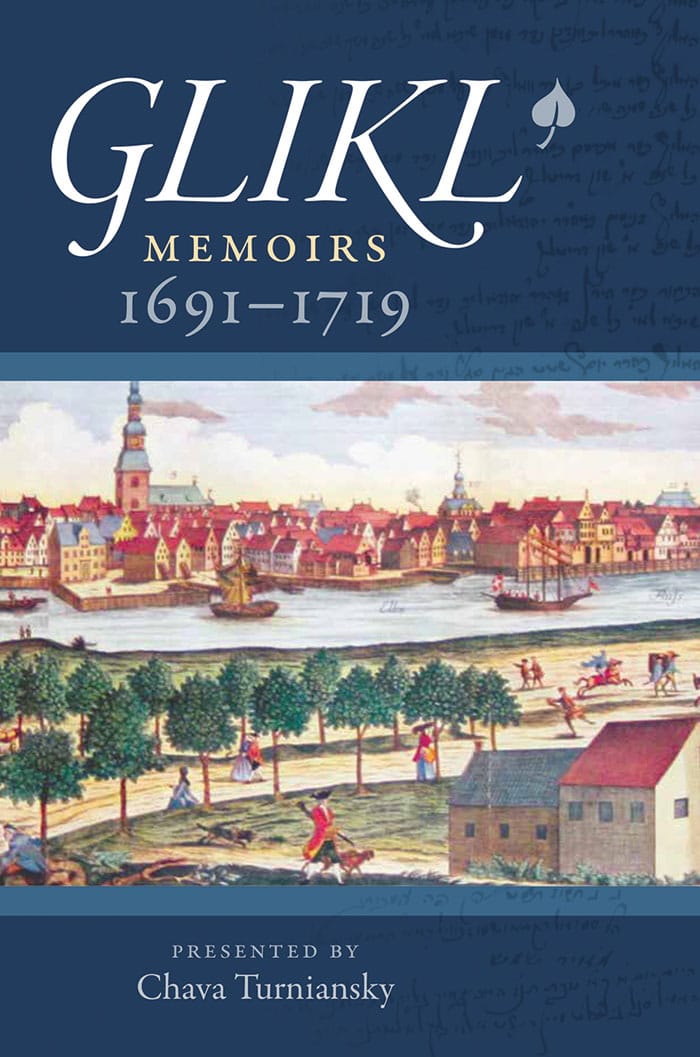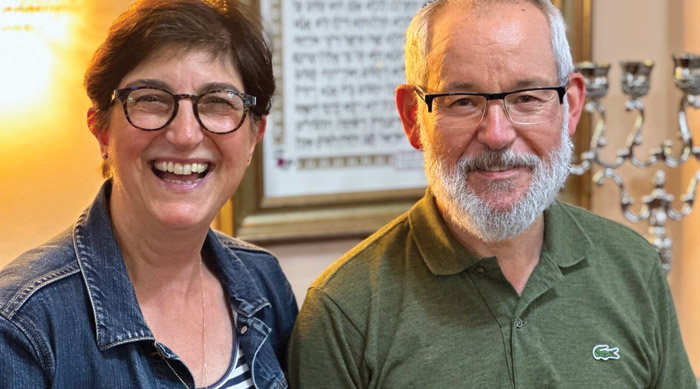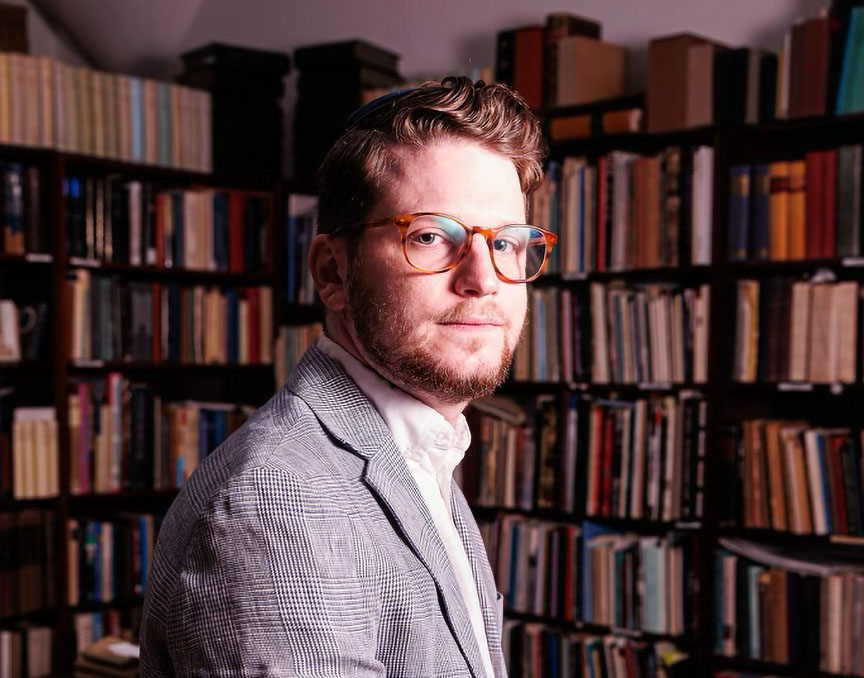
In 1691, an extraordinary Jewish woman named Glikl bas Leyb began writing her memoirs. Newly widowed at age 46, her goal was both to heal “a deeply grieving heart” and to provide moral and spiritual lessons for her children. Glikl intended her writing to be exclusively for her family, but her remarkable narrative became a treasured literary and historical record for the rest of us.
Glikl referred to her memoirs only as “dos vos ich shrayb” (“this that I am writing”), with no actual title, because “regular” people did not publish memoirs in that era. She had a wonderful gift for storytelling, and her advanced literacy was not surprising in this early modern period, when Jewish women wrote letters and literary compositions and consumed a thriving literature of mussar (self-improvement) works written for them. Still, Glikl’s memoirs are utterly different from anything published until then in Yiddish or Hebrew.
 Glikl first gained fame through “The Memoirs of Gluckel of Hameln,” published in 1977 by Schocken Books. While widely read, this was a severely edited version that omitted much of the historical context, including many references to God’s involvement in her family’s lives, and fables and stories that Glikl included as moral and spiritual lessons.
Glikl first gained fame through “The Memoirs of Gluckel of Hameln,” published in 1977 by Schocken Books. While widely read, this was a severely edited version that omitted much of the historical context, including many references to God’s involvement in her family’s lives, and fables and stories that Glikl included as moral and spiritual lessons.
But in 2019, Brandeis University Press published Glikl Memoirs: “1691-1719,” a fully restored version of the memoirs that does an infinitely better job of conveying the author’s lively literary style. Translated by Sara Friedman, it also includes an introduction by Chava Turniansky, professor emerita of Yiddish literature at the Hebrew University of Jerusalem, whose annotations confirm the historical circumstances around the events and people Glikl writes about, including the constant dangers plaguing Jews in that era.
Glikl was a woman of exceptional storytelling talent, and given the timelessness of her concerns and the timelessness of antisemitism, it is uncannily easy to relate to many of her life’s challenges, joys and sorrows.
Glikl was born in Hamburg to an upper-class Jewish family, betrothed at 12 and married at 14. Despite having 14 children, 13 of whom lived to early adulthood, she was a full partner with her husband Chaim in their business of buying and selling precious gems and pearls as well as money lending. Glikl’s shrewd analyses of business deals earned her husband’s total trust in her judgement. On his deathbed, he stated, “My wife is in charge of everything.”
While some aspects of Glikl’s life are unimaginable to a modern reader, others are timeless. She worries about her husband’s health and safety when he travels for business and strategizes with him about how to recoup financial losses from a business deal gone bad. She grieves over the losses of some of her children, and tries to provide guidance to a naïve son who continually makes poor choices and requires frequent bailing out. She writes, “It is true that even during my husband’s lifetime we had worries here and there because of the pain of bringing up children; some of these can be told, others cannot or should not be told.” She reminisces about an earlier time when “life in those days was so much happier than it is today, although people did not possess even half of what they have nowadays — may they enjoy it and prosper.”
As a widow with eight young children still at home, Glikl became the family’s sole support, and attended commercial fairs throughout the region, buying, selling, and trading. With acute business acumen, she bought a failing, debt-ridden fabric business from one of her sons and made it flourish. She writes unabashedly about business dealings, profits and losses and her knowledge of other families’ financial affairs.
For example, when writing about one shidduch (marriage) negotiation, Glikl records “. . . my future in-law, the distinguished Reb Moshe, thought he could squeeze a little more out of me. But when he saw he could squeeze nothing more out of me . . . the wedding took place in mid-Tammuz, as respectable and splendid an affair as we Jews can manage. Prominent householders from all over the country attended the wedding.”
Glikl’s memoirs provide a fascinating window into late 17th-century European Jewish history and underscore the fragility of Jewish existence at the time: capricious decrees by local officials, spontaneous violence, random abuse, onerous taxes, and sudden expulsions. She recalls her father hiding 10 refugees who had fled Poland during the notorious Chmielnicki massacres in 1648-49 — at great personal risk. He sheltered and cared for them in their attic, despite their carrying infectious disease. Glikl and Chaim sent their 4-year old daughter into hiding with a maid for many weeks when women of the community (Glikl calls them “such big cowards”) were convinced the child had the plague. Any suspicion that a Jewish home contained plague would guarantee their immediate expulsion. Glikl never believed it and was eventually proven correct:
“Indeed, the child was healthy and well, gamboling around the field like a young ram. We said to the Hanoverians: ‘What was the point of your nonsense? You see that our little girl is healthy and well, thank God, and presents no danger whatsoever. . . Let the poor child come back here.’”
Antisemitism was a fact of life, and Jewish victims of crimes could never expect justice from the authorities. Glikl writes of a young widow named Rivka, who set out to prove that her husband had been murdered by a gentile who robbed him. It was an extraordinarily dangerous undertaking. The local authorities warned the community, “Beware, if you do not find the body, you are all lost, you know the rabble here in Hamburg. We won’t be able to stop them.” Fortunately, Rivka’s sleuthing paid off. When she writes about these never-ending dangers that Jews lived with, or cries in distress over the endless plight of the Jewish people, we are Glikl, too.
Glikl writes colorfully about the characters and dramas in her long life, from personal dramas involving her family and community intrigues as well as business successes and reversals. Traveling was dangerous — bandits were ever on the road — but she tirelessly set out for the commercial fairs to keep her business and family afloat. It is amusing to read of her boasts about her deal-making abilities.
Glikl was a woman of exceptional storytelling talent, and given the timelessness of her concerns and the timelessness of antisemitism, it is uncannily easy to relate to many of her life’s challenges, joys and sorrows. Nearly three hundred years after her death in 1724, Glikl has become an unlikely but well-deserved literary celebrity.
Judy Gruen’s most recent book is The Skeptic and the Rabbi: Falling in Love With Faith.






















 More news and opinions than at a Shabbat dinner, right in your inbox.
More news and opinions than at a Shabbat dinner, right in your inbox.